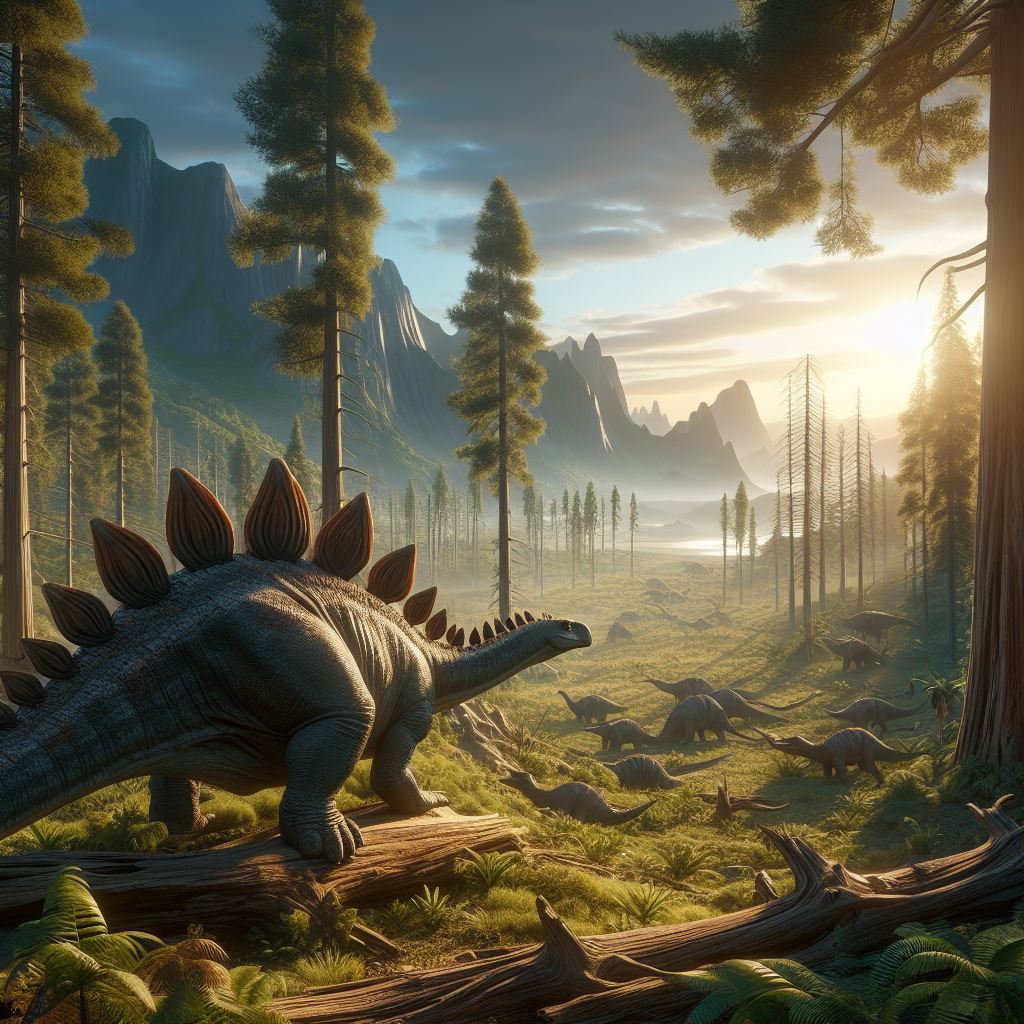The Jurassic Period
201 - 145 Million Years Ago
The Jurassic was a geological period where the Dinosaurs had established their dominance across the globe, allowing them to grow into the notorious giants we know today.
Pangea begins to split
The Triassic Period ended how it began, with another large extinction event. The Triassic-Jurassic Extinction Event was violent and volcanic with current studies blaming the initial separation of the supercontinent, Pangea.
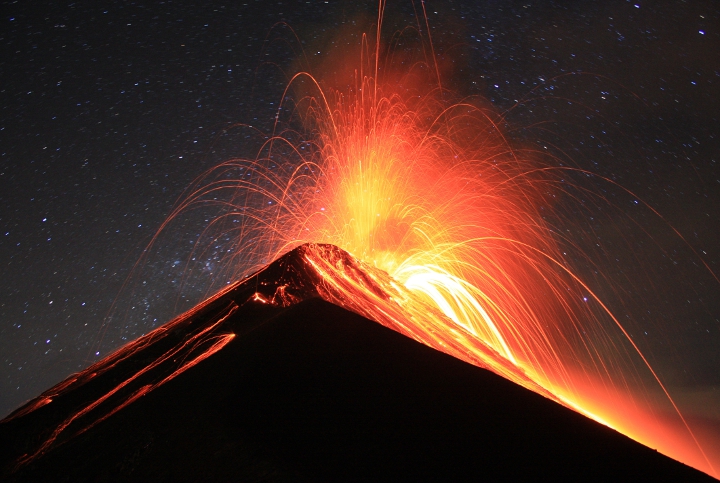
Just as Triassic life had recovered from the ‘Great Dying’ event of 250 million years ago, the world was once again plunged into volcanic turmoil.
Fissures in the Earth’s crust pierced down into the mantle, unleashing walls of lava and Carbon Dioxide.
As the continent began to pull apart (along the line that is now the east coast of the Americas and the west cost of Africa), water flooded the space in between. This would eventually become the Atlantic Ocean.
As the Earth’s tectonic plates pulled and crushed into each other, new underwater mountains would rise, raising sea levels even higher onto the separated continents.

Pangea slowly broke apart over millions of years. By the middle of the Jurassic, the land mass of modern day North America had broken away to the north of what would eventually separate into South America, Africa and Antarctica.
The volcanic activity, and associated climate change from the significant emissions of Carbon Dioxide resulted in another global extinction event that would wipe out approximately 75% of all marine and terrestrial life.
The only surviving Archosaurs were the dinosaurs, crocodiles, pterosaurs, birds and sea reptiles.
Only small mammalian Synapsids remained.
The new humid, sub-tropical climate allowed dinosaurs to become the dominant force on the planet and grow to massive sizes.
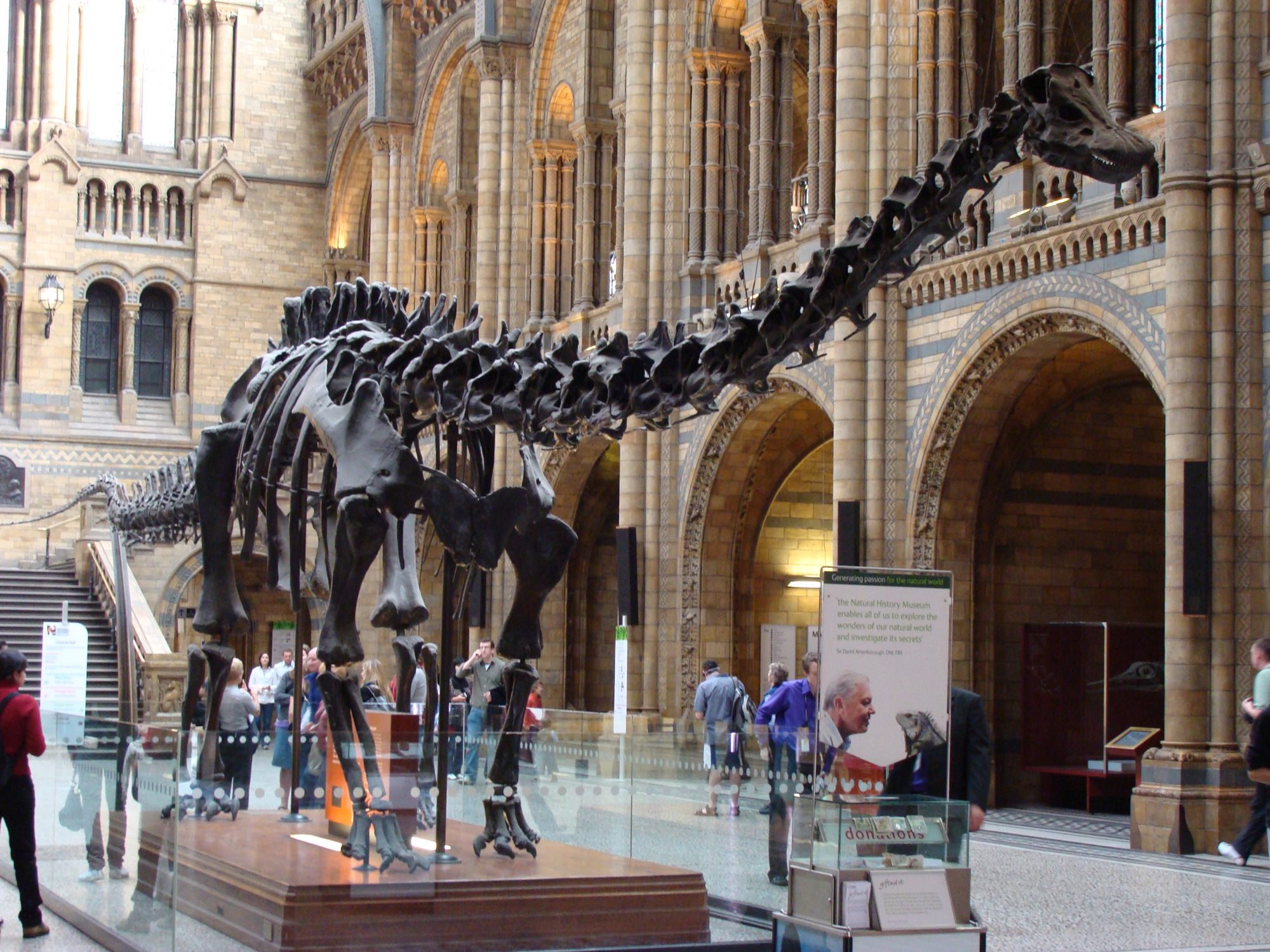
Sauropods, a clade of dinosaur, had survived the Triassic-Jurassic extinction event and would evolve throughout the Jurassic Period into giants such as Diplodocus.
Dinosaurs begin to thrive
Dinosaurs were initially bipedal (two-legged) Archosaurs. However, as Dinosaurs began to dominate the Jurassic period, they also diversified.
Whilst the bipedal blueprint was successful for predatory dinosaurs, herbivorous dinosaurs began to evolve into four legged animals.
This may have began from herbivores utilising forelimbs to forage for vegetation or from simply requiring extra support to carry their increasingly heavy frames.
Larger, bulkier animals could have also benefited from herd protection from predators as seen in modern day animals such as Elephants and Wilderbeest.
The success of bipedal predators however meant that carnivorous dinosaurs had no evolutionary demand for a similar change. As such, no four legged carnivorous dinosaurs have been found.

Dilophosaurus, distinguished by the crests along the top of its skull, is the largest known North American theropod during its time in the early Jurassic.
The Jurassic diversification of the dinosaurs allowed a wide variety of groups to evolve.
Sauropod dinosaurs, such as Diplodocus, are characterised by their famous long necks and tails and would become giants, grazing from the tree-tops.
Ornithopod dinosaurs began to diversify, resulting in large herbivores such as Iguanodon by the Cretaceous.
Thyreophora dinosaurs emerged, including armoured herbivores such as Stegosauria (vertical plates and spiked tails) and Ankylosauria (plated body, some with clubbed tails).
And finally, the latest Theropod dinosaurs. Bipedal predators that survived the Triassic and evolved into large, specialised hunters such as Dilophosaurus, Ceratosaurus and Allosaurus.
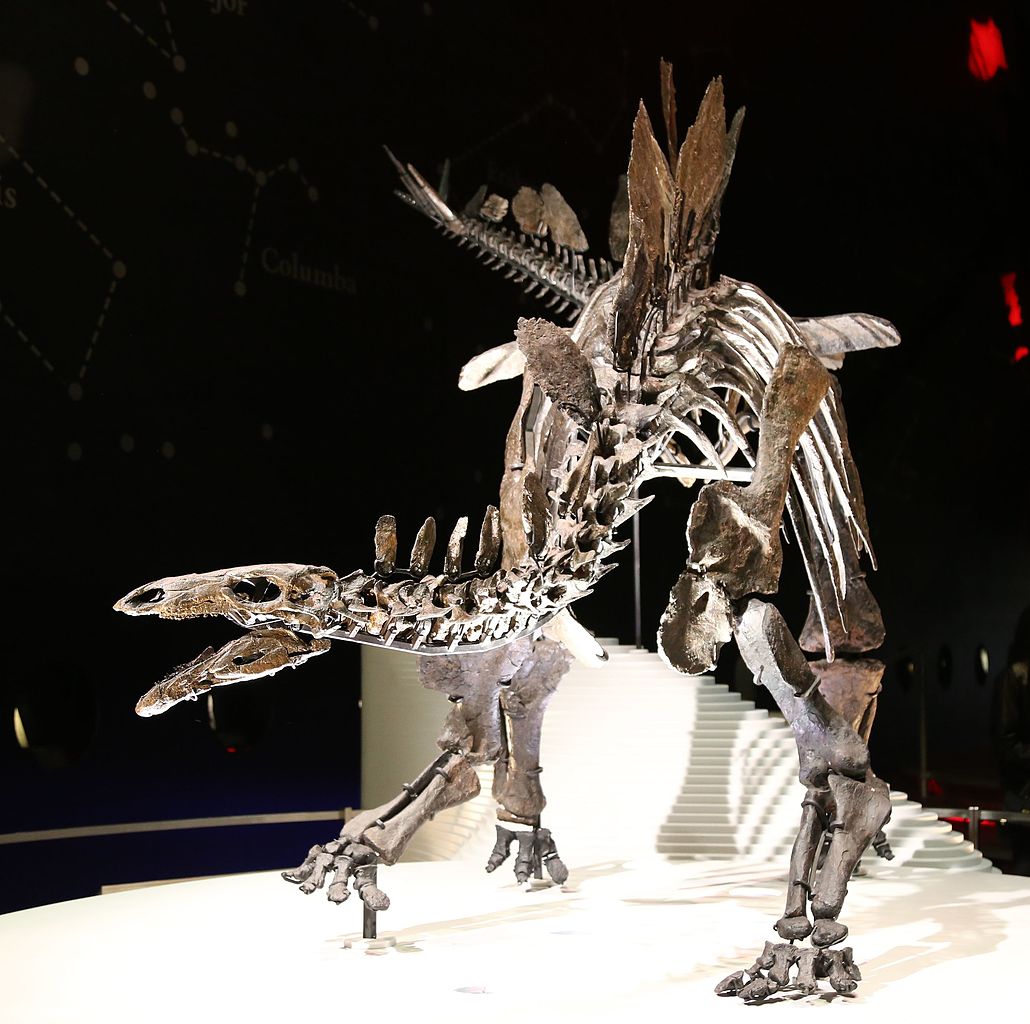
Stegosaurus, one of the most famous dinosaurs of all time, was a herbivore with iconic plates along its back and defensive spikes (thagomizers) on its tail.
As dinosaurs thrived in the warm climate of the Jurassic, different species evolved across the new continents.
Therapod dinosaurs became more refined, with different skull shapes and body features evolving over time. As time progressed, more effective predators would emerge and dominate.
Whilst Dilophosaurus may have been the largest North American predator during its time in the Early Jurassic, these would eventually become extinct with Allosaurids being dominant by the Late Jurassic.
Allosaurids, a group of medium-large therapod dinosaur species, first appeared in the Mid Jurassic. This allowed them to spread across the planet before the continents separated enough to isolate dinosaur species, and their descendants, forever.
Allosaurid species in the northern Jurassic hemisphere (North America & Eurasia) would establish dominance, eventually resulting in apex species such as Allosaurus and Saurophaganax.
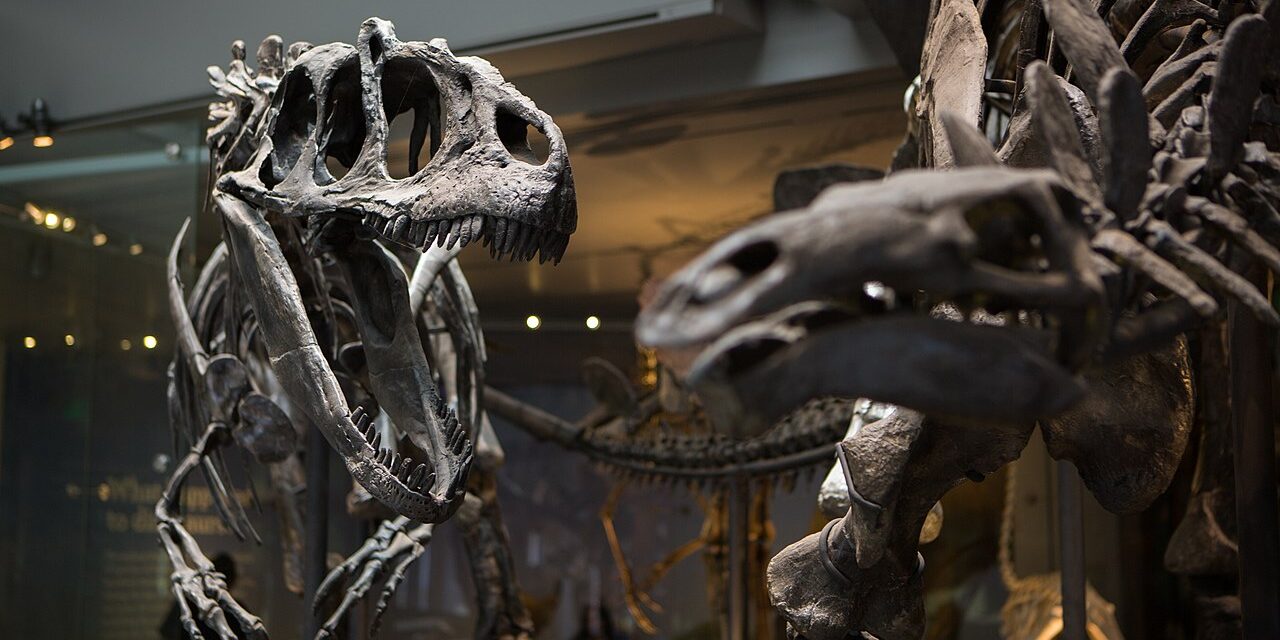
Allosaurus was a highly refined predator that lived among and preyed upon dinosaurs such as Stegosaurus and Diplodocus in North America.
However, as the Jurassic transformed into the Cretaceous Period, the Allosaurids would have to compete with a new group of predators, Tyrannosaurs.
Image Sources
“Volcanic Eruption“, by Kevin Sebold, licensed under CC BY 3.0.
“Pangea by the Middle Jurassic“, by Sammy2012, licensed under CC BY-SA 4.0.
“Dilophosaurus“, by Eduard Sola, licensed under CC BY-SA 3.0
“Allosaurus and Stegosaurus at Los Angeles Natural History Museum“, by Poole Party, licensed under CC BY-SA 4.0.
“Stegosaurus at the Natural History Museum, London“, by Jeremy Knight, licensed under CC BY 2.0

